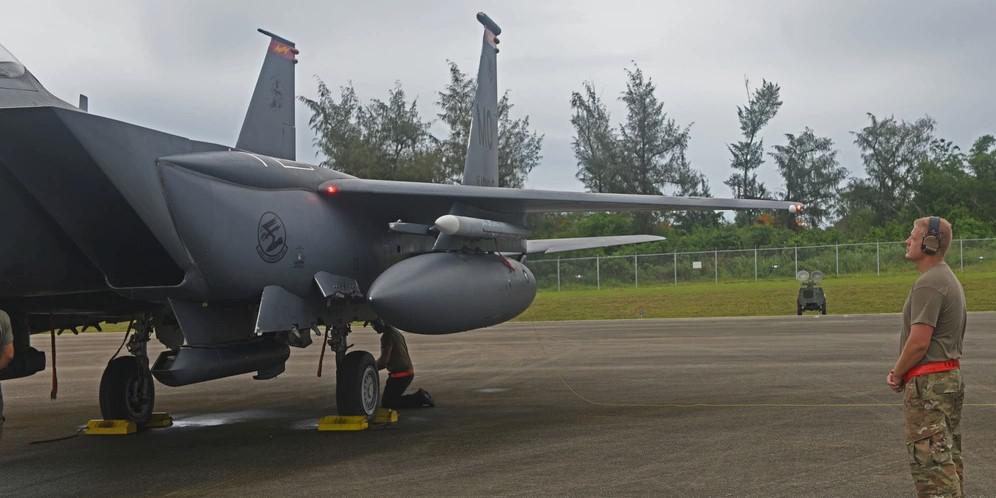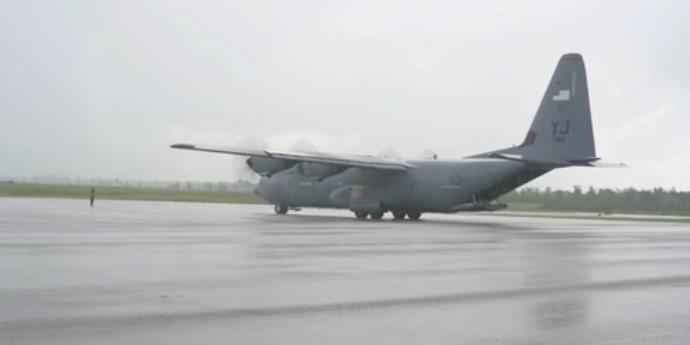Pacific Air Forces Seeks Advanced Software Tools to Support ACE
The U.S. Air Force’s Pacific Air Forces, or PACAF, held Pacific Iron and several other exercises and events this spring and summer to test and confirm the ideal solutions needed and constructs in which to conduct agile combat employment, known as ACE. And while the leader of PACAF is not quite yet ready to declare that the major command has reached initial operating capability (IOC) for ACE, officials are in the process of revamping its draft concept of employment to improve ACE deployment and have identified key software capability needs.
Just a Power Point idea five years ago, ACE has proven to be a valid and foundational method in response to near-pear threats in a contested environment. PACAF is using a hub and spoke approach for dynamically projecting airpower and forces quickly across the Indo-Pacific, relying on partner nations’ airfields and facilities. The service’s major command in the Defense Department’s priority geographical domain has found, however, that it needs additional digital tools that provide command and control, visualization, situational awareness and communications as it pursues ACE in the greatly dispersed area of responsibility.
“In the five years that have unfolded, we have now really expanded the ACE envelope and it's a thing, and it's a thing that we can do,” said Gen. Kenneth Wilsbach, USAF, commander, PACAF.
“We had a concept of employment [CON-EM] that was written a few months before we did PACIRON [Pacific Iron], which specifically details how we expect the expeditionary squadrons and the expeditionary wings to execute this hub and spoke model. And we probably will need to rewrite the entire CON-EM because of all the lessons learned that we realized during the exercise, which is a good thing and why you do exercises to learn.”
During the exercises to validate ACE, PACAF did rely successfully on a force projection software tool that provides installation reporting, planning, force generation, emergency management, and command and control monitoring and execution functions. The service’s Kessel Run software factory created C2IMERA, the Command and Control Incident Management Emergency Response Application, and the service plans to employ it at all of Air Combat Command’s facilities to increase awareness, installation collaboration and reporting.
“We did use [several] software tools, and C2RIMERA was fantastic for sharing the conditions of the hubs and spokes, as the exercise played out,” Gen. Wilsbach shared. “There were a number of other software tools we were using to basically display a visual of the bases, a combined operating picture so that the air operations center in Hawaii could have situational awareness of what was happening at the various hubs and spokes, and that gave the expeditionary wing operation centers information on where their aircraft were and their status.”
During Pacific Iron, the expeditionary wings operated from multiple locations, with hubs having as many as five spokes supporting a total of about 50 aircraft or more. Software tools are needed to manage the movement between the hubs and spokes, with additional solutions to help officials see and determine the status of aircraft, repair and fuel needs. “All of that takes visualization tools,” the PACAF commander stated.
“In addition to these [visualization tools], the other thing that I am asking for is that the tools have to work when you're on and offline,” he specified. “I have to have software that will work when there's no cell coverage and there's no Wi-Fi, and obviously we have way more networks than that to deal with, but the offline capability needs to be there.”
Another key capability that the PACAF commander is looking for is a self-healing mesh network. “The other thing that I want is a self-healing MESH network,” Gen. Wilsbach stated. “I don't want our people having to worry about whether the network is on or off. It just needs to be available to them and because its MESH, it would have multiple nodes. I don't want the operators worrying about how to get the network back, the network needs to figure that out on its own. That is probably the biggest software tool that I'm asking for with respect to ACE.”
The major command leader also is seeking broader artificial intelligence-based software tools to aid the command and control of the Pacific’s air power during a potential conflict. He sees those artificial intelligence resources as a means to “principally to help me find and prosecute targets, and then once we strike those targets, to do battle damage assessment,” he noted. “Those artificial intelligence tools are out there in other industries, but I don't quite have them yet. Those are two [solutions] that I'm asking for.”
Additionally, the leader is looking forward to the evolution of ground moving target indicator satellites (GMTI) capabilities that will allow the major command to harness small radar satellites to track moving targets on the ground. “GMTI from space…. I am very interested in that,” Gen. Wilsbach said. “One thing that it would provide is a high degree of ISR, but it's also helps us with command and control.”
The commander spoke to the media during the Air Force Association's annual conference on Tuesday.






Comments